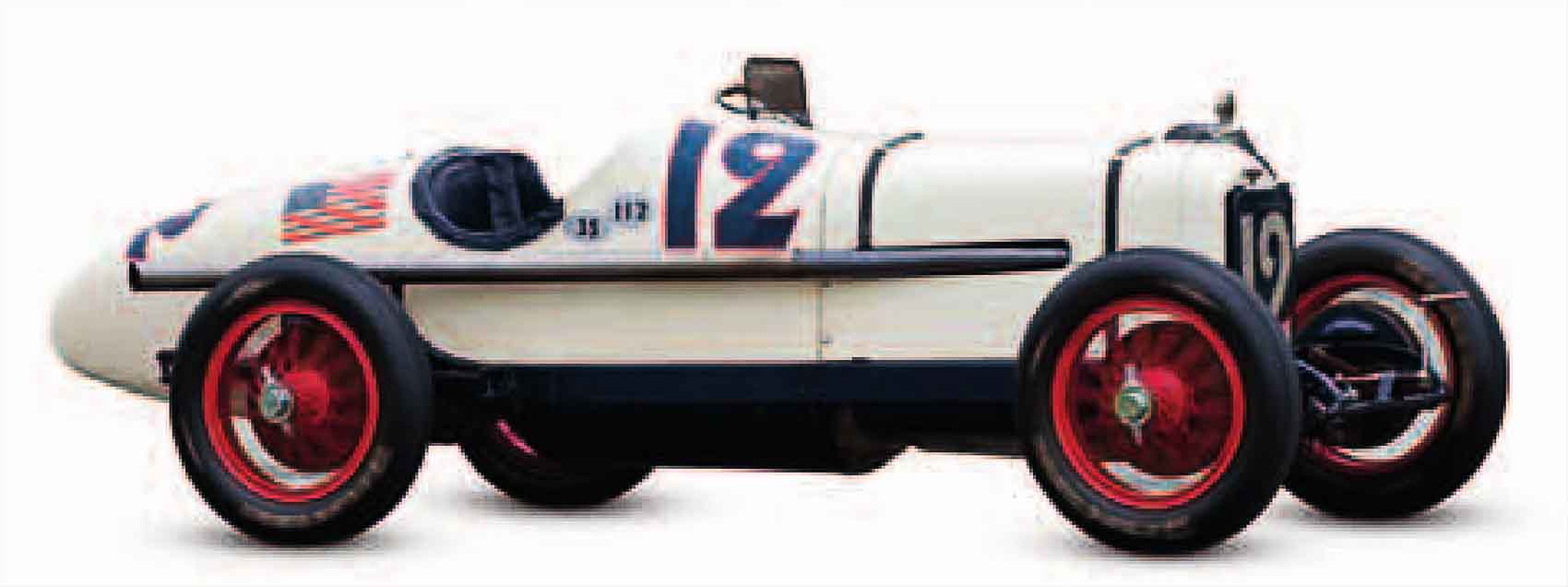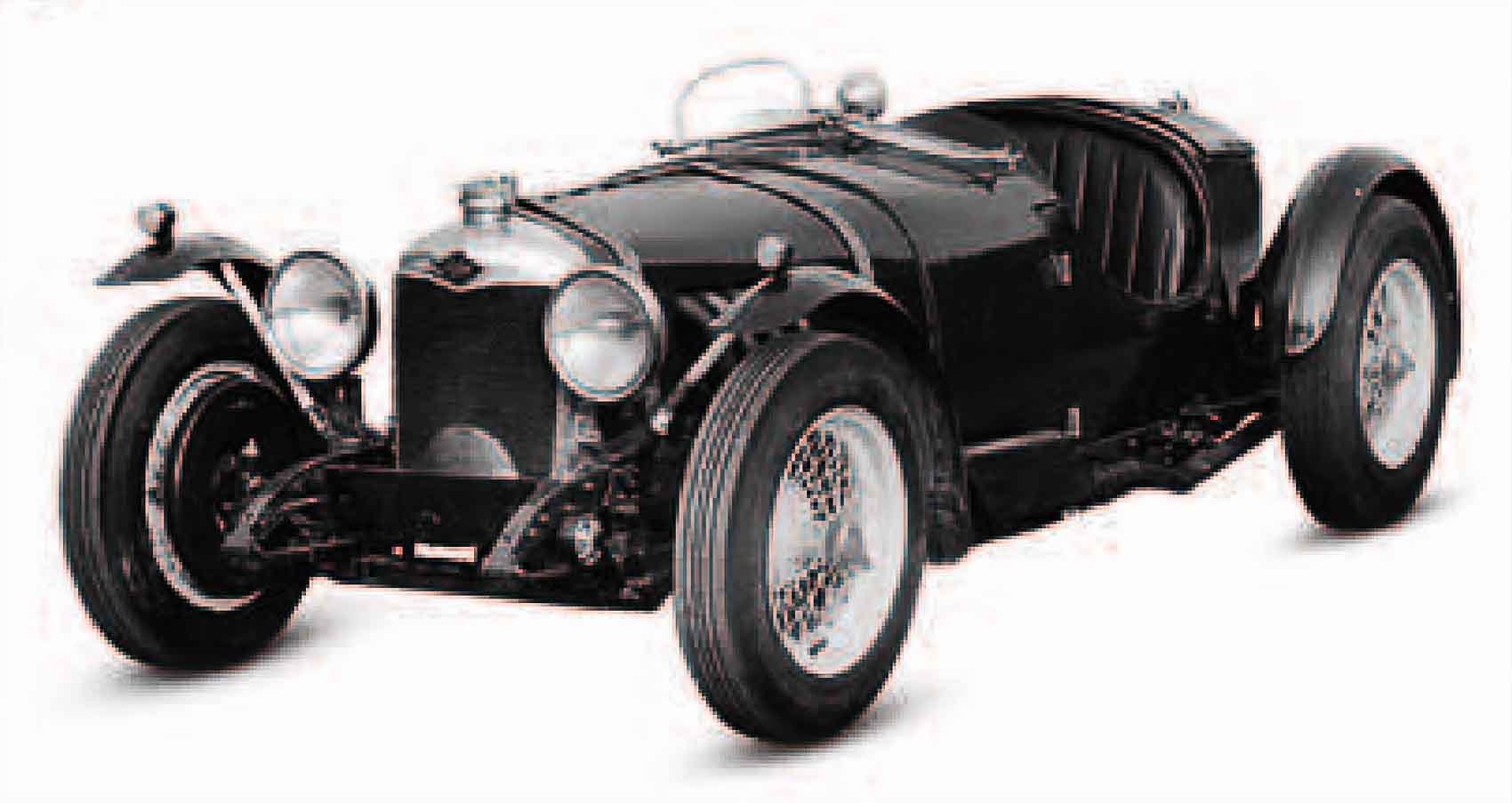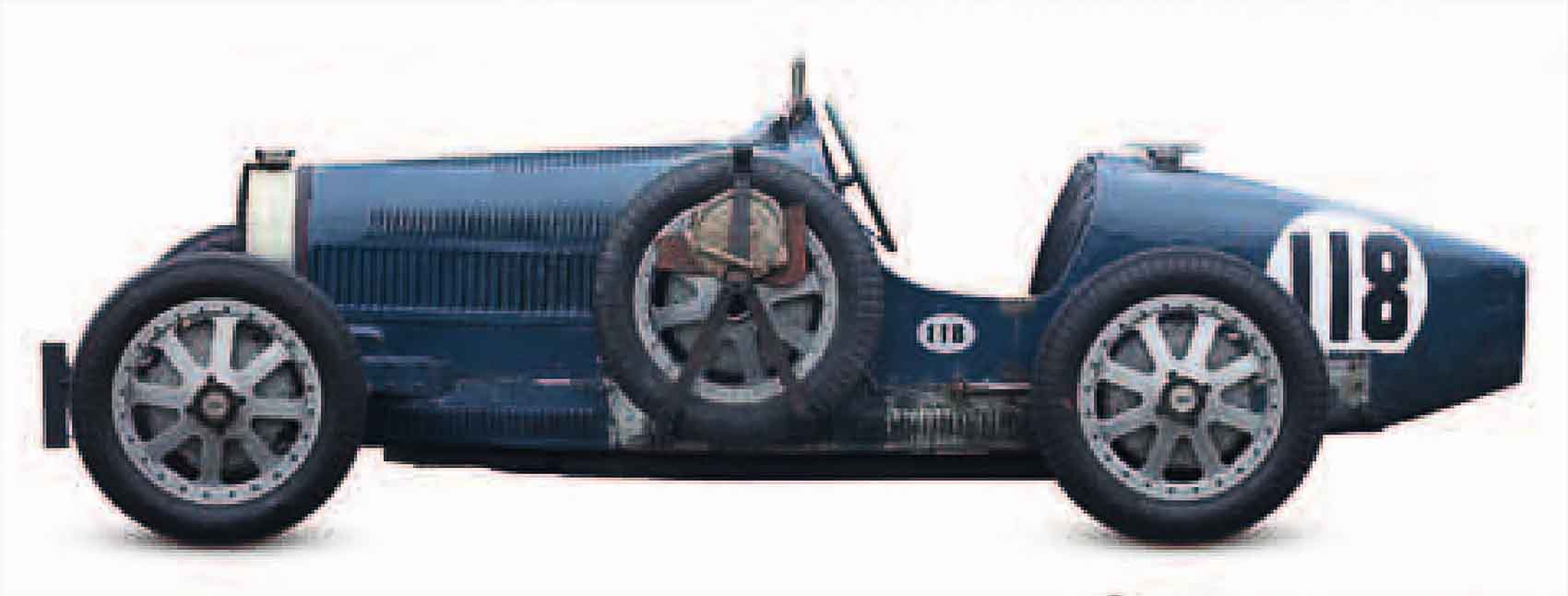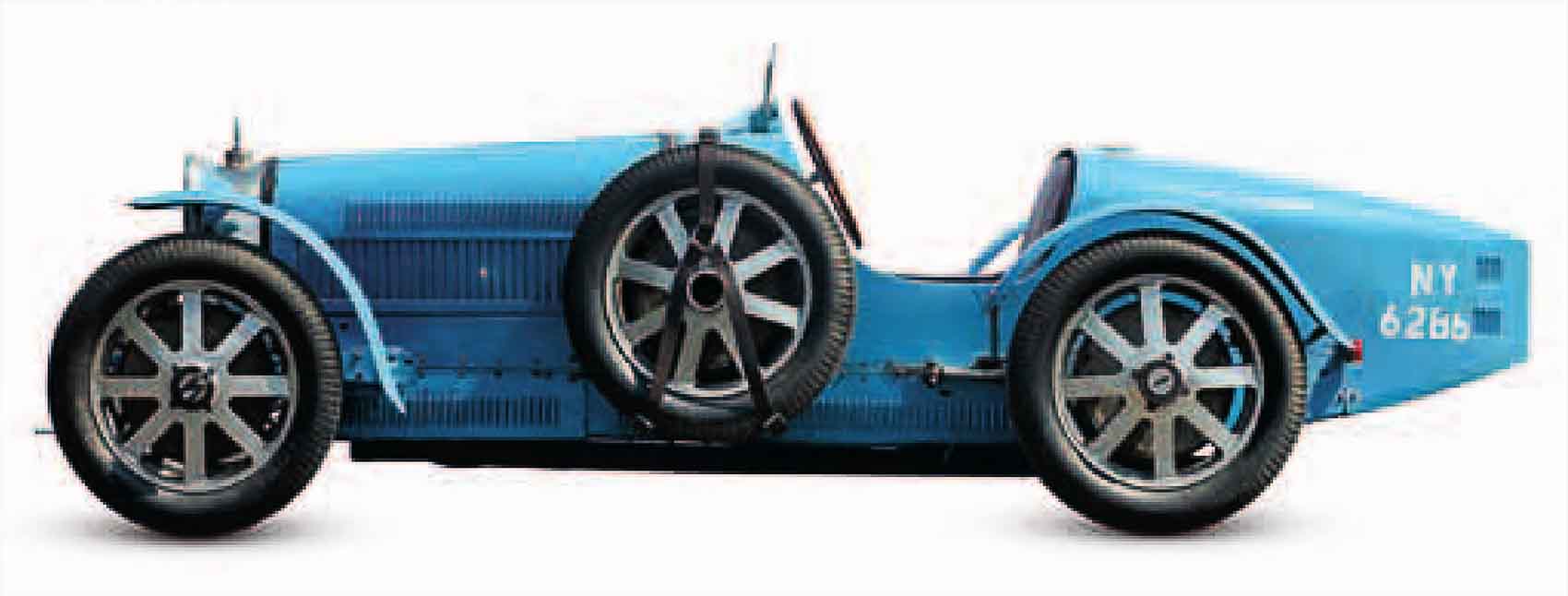
Competition Cars
The 1920s saw rapid technological progress in the world of competition cars, as the emphasis moved from proving road cars by racing them, to developing and testing advanced engineering in race models—and then adapting it to road cars. This decade saw innovations such as multiple valves and spark plugs per cylinder, double overhead camshafts, and front-wheel drive, all proven in motor sport.
Duesenberg 183, 1921

| Origin | USA |
| Engine | 2,977 cc, straight-eight |
| Top speed | 112 mph (180 km/h) |
This was the only all-American car with a U.S. driver-Jimmy Murphy-to win a European Grand Prix, at Le Mans in 1921. Murphy also won the Indianapolis 500 in it in 1921.
AC Racing Special, 1921

| Origin | UK |
| Engine | 1,991 cc, straight-six |
| Top speed | 90 mph (145 km/h) |
AC made only road cars until co-owner John Weller designed the Light Six engine. With a chain-driven overhead camshaft, it resulted in a series of fast
OM 665 “Superba”, 1925

| Origin | Italy |
| Engine | 1,990 cc, straight-six |
| Top speed | 70 mph (113 km/h) |
Founded in 1899, OM still exists, making forklifts within the Fiat Group. The 665 won its class at Le Mans in 1925 and 1926, and finished 1-2-3 in the first Mille Miglia in 1927.
Sunbeam 3-liter, 1924

| Origin | UK |
| Engine | 2,916 cc, straight-six |
| Top speed | 90 mph (145 km/h) |
This big car was long and narrow for a racer, but a powerful, dry-sump, double-overhead-camshaft engine kept it competitive. A Sunbeam 3-liter came second at Le Mans in 1925.
Mercedes-Benz Type S 36/220, 1926

| Origin | Germany |
| Engine | 6,789 cc, straight-six |
| Top speed | 106 mph (171 km/h) |
Designed by Ferdinand Porsche, this was one of the best and most expensive vintage-era sports cars. It had a supercharger, which boosted power when the throttle was pushed all the way down.
Mercedes-Benz 710 SSK, 1929

| Origin | Germany |
| Engine | 7,065 cc, straight-six |
| Top speed | 117 mph (188 km/h) |
With 170 bhp, boosted to 235 bhp by engaging the supercharger, the Ferdinand Porsche-designed SSK was an effective competition car, impressing in hillclimbs, Grands Prix, and road races.
Delage V12, 1923

| Origin | France |
| Engine | 10,600 cc, V12 |
| Top speed | 143 mph (230 km/h) |
In this car Rene Thomas set a World Land Speed Record of 143.31 mph (230.6 km/h) in 1924. At Brooklands John Cobb, Oliver Bertram, and Kay Petre all used it to set track records.
Alfa Romeo P2, 1924

| Origin | Italy |
| Engine | 1,987 cc, straight-eight |
| Top speed | 123 mph (198 km/h) |
Alfa Romeo poached the designer Vittorio Jano from Fiat to create the supercharged P2. Driven by Ascari and Campari, it won the first World Grand Prix Championship in 1925.
Riley 9 Brooklands, 1929

| Origin | UK |
| Engine | 1,087 cc, straight-four |
| Top speed | 80 mph (129 km/h) |
Percy Riley’s 9HP engine with hemispherical combustion chambers gave this sports car great performance for its size. The car’s low build gave equally good road-handling.
Bugatti Type 39, 1925

| Origin | France |
| Engine | 1,493 cc, straight eight |
| Top speed | 100 mph (161 km/h) |
Bugatti reduced the size of its Type 35 engine and used it to develop the Type 39, which was victorious in the 1,500 cc French Touring Grand Prix of 1925.
Bugatti Type 35C, 1926

| Origin | France |
| Engine | 1,991 cc, straight-eight |
| Top speed | 125 mph (201 km/h) |
Bugatti’s most successful racer, the Type 35 won more than 1,000 races in its career. The supercharged 35C triumphed in its debut race, the 1926 Gran Premio di Milano in Italy.
Bugatti Type 35B, 1927

| Origin | France |
| Engine | 2,262 cc, straight-eight |
| Top speed | 127 mph (204 km/h) |
The 35B was built to win Formula Libre races. Its supercharged engine employed a ball-bearing camshaft to help it rev to 6,000 rpm and produce up to 140bhp.
Bentley 4½-liter, 1927

| Origin | UK |
| Engine | 4,398 cc, straight-four |
| Top speed | 92 mph (148 km/h) |
One of the most famous British racing cars, the Bentley’s advanced engine overcame the car’s substantial weight to make it a successful long-distance racer.
Fiat Mephistopheles, 1923

| Origin | Italy/UK |
| Engine | 21,706 cc, straight-six |
| Top speed | 146 mph (235 km/h) |
English racing driver Ernest Eldridge fitted a World War I Fiat aero engine into a 1908 Fiat SB4 chassis to create this one-off car. In 1924 he used it to set a new World Land Speed Record of 146.01 mph (234.98 km/h).
Miller Boyle Valve Special, 1930

| Origin | USA |
| Engine | 4,425 cc, straight-four |
| Top speed | 140 mph (225 km/h) |
Harry Miller was a brilliant engineer, and the race cars and engines he built were by far the most successful in U.S. oval-track racing during the 1920s and 30s.
It is a quote. The Definitive Visual History Of The Automobile 2011




